DENVER — Dressed as Anger from Inside Out on Halloween, Tricia Van Horssen, a school social worker in Fort Collins, was brutally attacked by a student. Despite her cheerful reputation, she found herself pulled to the ground, headbutted, kicked in the chest, and threatened with death during an outburst in her special education classroom.
Van Horssen, who works with students facing serious emotional and behavioral challenges, said the student responsible had been agitated that morning. After a physical altercation between two classmates over Halloween costumes, Van Horssen and her aides stepped in to de-escalate the situation. That’s when the student turned on her.
Although she had a strong relationship with the student, she believes his rage took over. “I don’t blame him,” she said, acknowledging the trauma many of her students have endured.
Van Horssen’s account is backed by workers’ compensation documents and confirmed by her former principal. But her story is far from unique.
Aggression Toward Educators Increasing but Underreported
Across Colorado and the U.S., teacher assaults are rising, especially since the COVID-19 pandemic. However, many cases go unreported due to empathy for students and fear of blame. Now, educators, unions, and organizations like the American Psychological Association are calling attention to the issue.
In response, Colorado lawmakers created a task force in spring 2024 to investigate the problem. Last month, the group released a series of recommendations to improve school safety and support affected staff.
Recommendations for Safer Classrooms
The task force urged that each school establish a classroom incident response team and train all staff in de-escalation tactics. They also called for more therapeutic alternative schools for students with high needs—resources that have significantly declined in recent years.
“We heard over and over again people feeling like this has become normalized,” said Chris Harms, director of the Colorado Office of School Safety. “That people are expected to expect getting hurt on the job.”
The Poudre School District, where Van Horssen works, stated it takes aggression seriously and follows safety protocols while striving to meet every student’s needs with compassion and accountability.
Former principal Craig Woodall stressed that school violence shouldn’t just be viewed as student-on-student. “We need to expand that definition to include student-to-staff,” he said, urging more training and better protocols to protect educators.
Lack of Data Makes the Issue Harder to Tackle
One of the biggest challenges is the absence of reliable data. Colorado’s education department doesn’t track teacher injuries from student violence. When Harms consulted law enforcement, only 13 cases were found statewide in one year—far below what educators report anecdotally.
To address this, the task force surveyed over 1,100 teachers. Half reported being injured by a student, and 75% said they had witnessed a student attempt to harm an adult.
Nationally, data is similarly limited. Workers’ comp provider Gallagher Bassett, which serves over 2,000 schools, saw student-on-teacher violence claims rise from 20% pre-pandemic to 25% in 2021–22, before dropping slightly to 22% last school year. Many of these cases now involve multiple injuries and long recovery times.
“Requests for mental health support are also up,” said Greg McKenna, who works with Gallagher Bassett. “If we don’t help these educators recover, we risk losing them to other careers.”
More Than 20 Safety Proposals Suggested
Task force member Dustin Geist, a behavioral analyst in Pueblo County, frequently responds to aggressive student incidents and said most involve elementary students. Despite training teachers, he worries many are too overwhelmed—especially those early in their careers—to follow protocols effectively.
The task force’s key recommendations include:
-
Equipping classrooms with instant communication tools.
-
Establishing response protocols and designated safe spaces to separate students during incidents.
-
Creating calming spaces for teachers and ways to request breaks discreetly.
-
Requiring districts to report violent incidents and responses to the state.
-
Expanding in-school centers for students with emotional and behavioral disabilities.
However, implementation could be hindered by financial constraints, including limited state funding and federal budget freezes.
“The biggest thing is bringing attention to it,” Geist said. “If people understood how dire this is, things might start to change.”
Beyond Protocols: A Societal Problem
Van Horssen returned to work a month after suffering a concussion and broken tailbone. Though she’s still in therapy nine months later, she chose to speak publicly after being invited by the task force. “It’s an unsafe workplace,” she said. “It’s not okay to say, ‘Deal with it.’ We need to be protected too.”
She supports the recommendations but pointed out that her assault occurred despite all safety protocols being followed.
In the end, she believes deeper societal issues are to blame. “Students like the one who assaulted me need safe homes, loving caregivers, and therapy to heal,” she said. “What he needs, we don’t have.”
This article has been carefully fact-checked by our editorial team to ensure accuracy and eliminate any misleading information. We are committed to maintaining the highest standards of integrity in our content.

Katie is a senior who has been on staff for three years. Her favorite type of stories to write is reviews and features. Katie’s favorite ice cream flavor is strawberry.




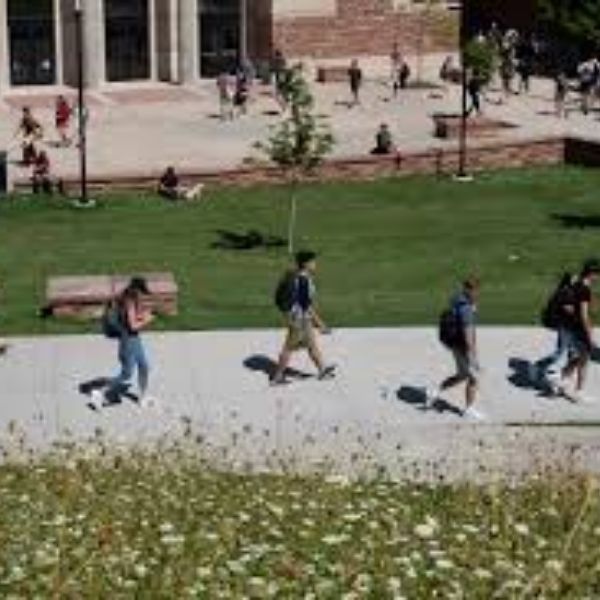
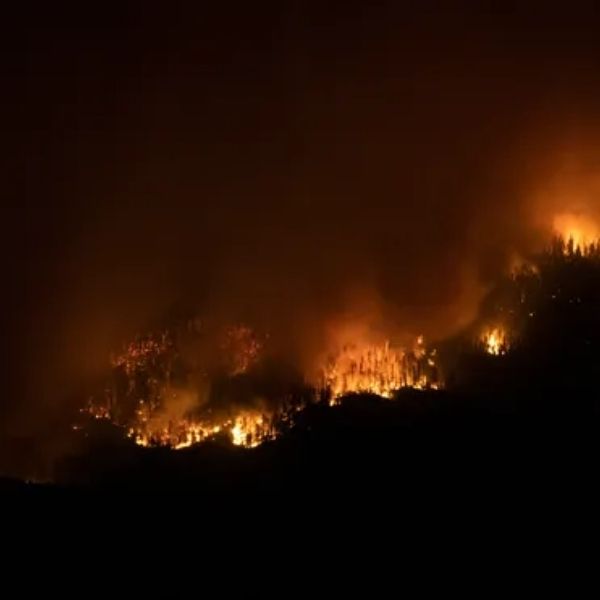
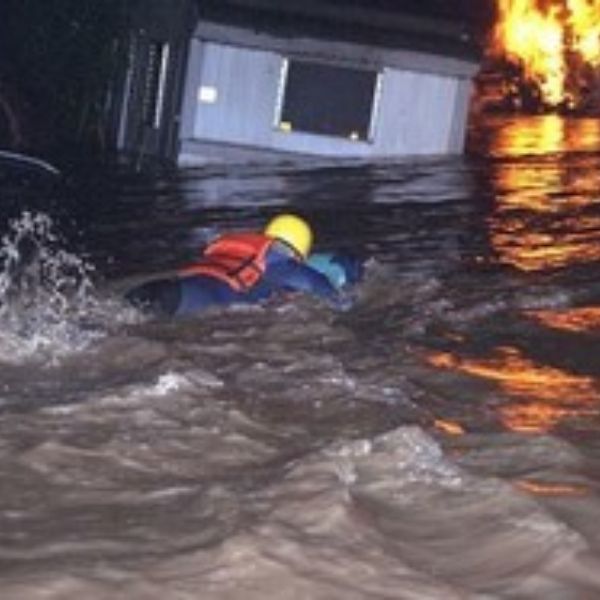

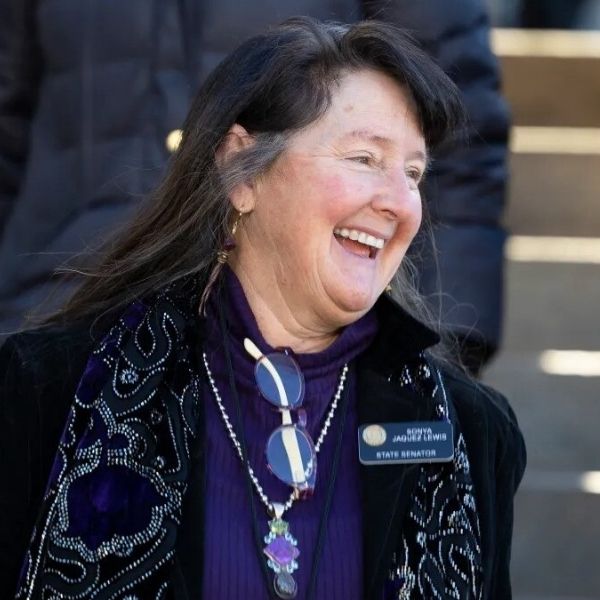
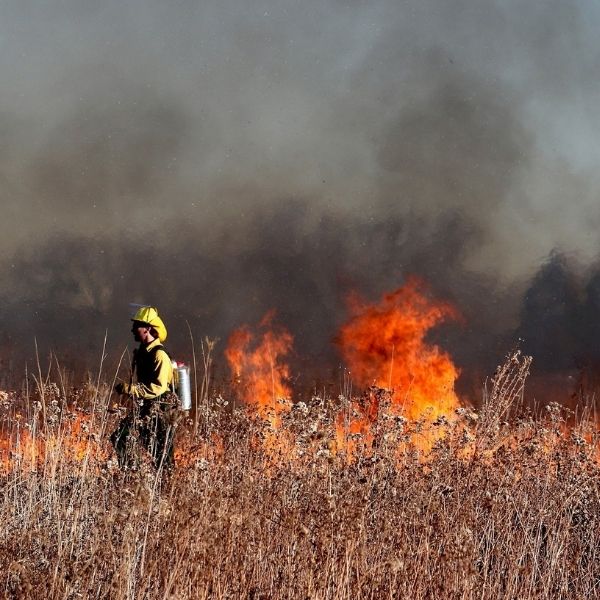
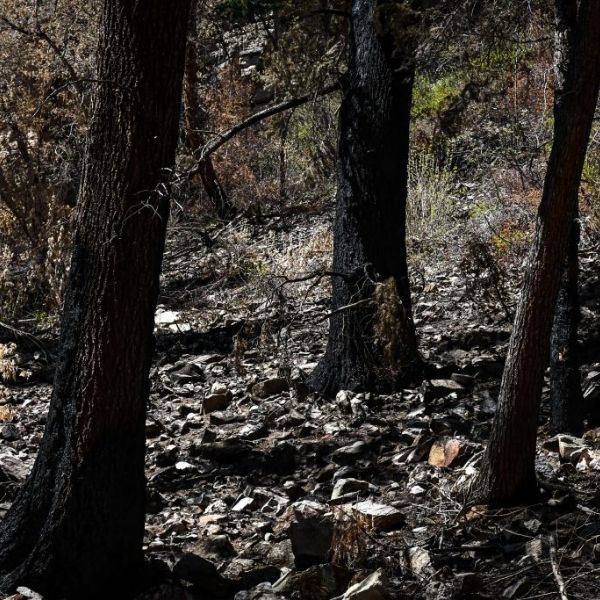




Leave a Reply